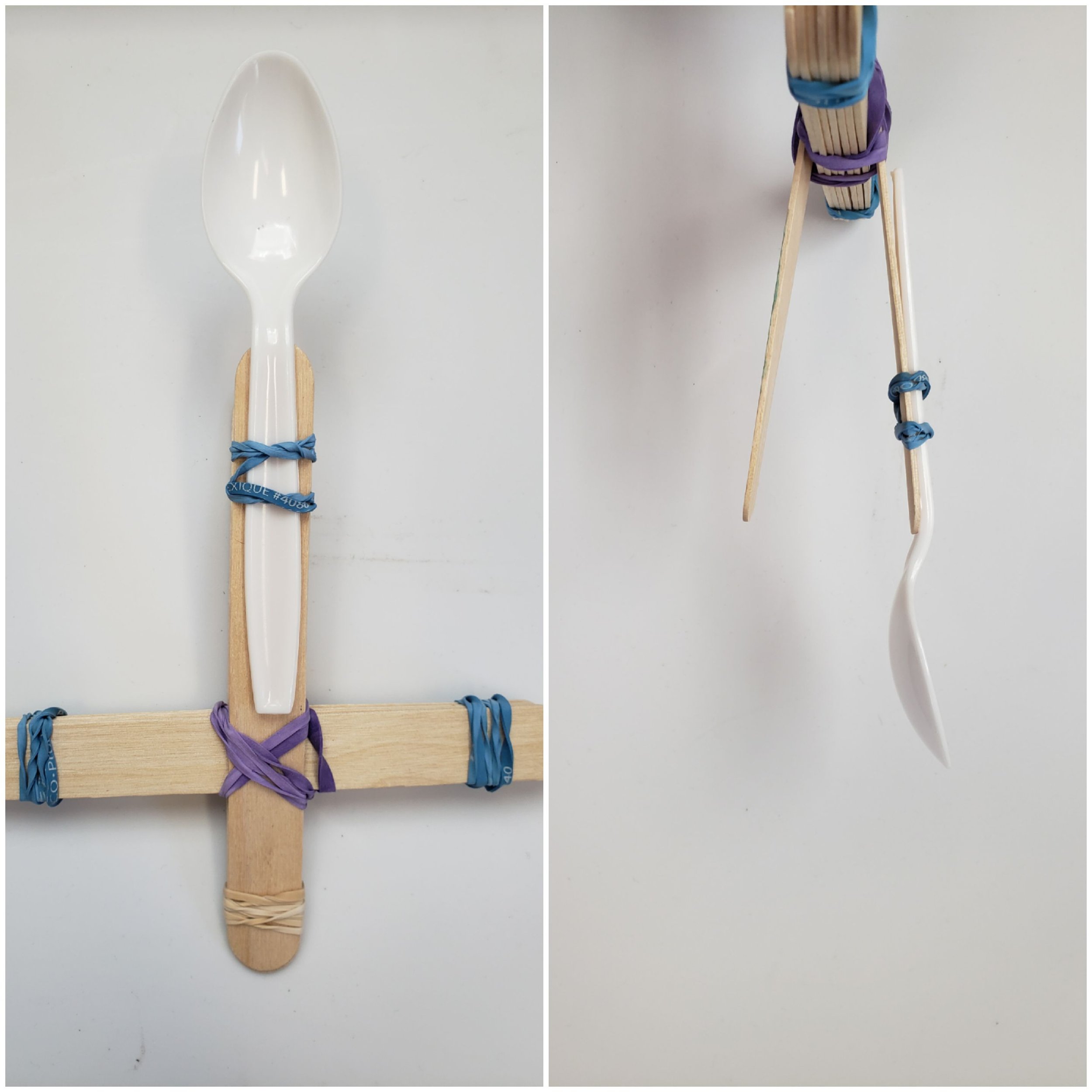Launching Learning: The Science Behind Building a Catapult
A catapult is a classic STEAM activity that teaches students about engineering, physics, and mathematics. During one of our STEAM workshops, students learned how to build their own catapult and gained hands-on experience with concepts such as kinetic and potential energy. In this post, we will explore the science behind catapults and discuss the benefits of constructing your own.
What is a Catapult?
A catapult is a device that uses stored energy to launch a projectile. Historically, they were used in warfare to hurl stones or other objects at an enemy. Today, we use them for more recreational purposes, such as launching water balloons or marshmallows.
Building a Catapult
To build a catapult, you'll need a few basic materials such as large popsicle sticks, rubber bands, and a spoon. Here's a step-by-step guide to constructing a simple catapult:
Gather nine large popsicle sticks.
Attach seven popsicle sticks together as a base with two rubber bands.
Rubber band two more popsicle sticks together at one end.
Open the two popsicle sticks to create a “mouth".
Slide the “open mouth” so that one popsicle sticks is at the bottom of the base of seven popsicle sticks and one part is at the top.
Slide the “open mouth" as far down as you can.
Secure the two popsicle sticks together by criss crossing a rubber band to make an X.
Take a spoon and attach it to the end of one of the sticks using rubber bands.
Pull back the spoon and release to launch the object.
The Science Behind Catapults
Building a catapult is not only fun, but it's also a great way to teach STEAM concepts. One of the most important concepts to understand when building a catapult is energy. There are two types of energy: potential and kinetic.
Potential energy is stored energy that an object has because of its position or shape. In the case of a catapult, the energy is stored in Upper arm of the catapult. As you pull back the spoon, you're increasing the potential energy of the system.
Kinetic energy is the energy an object has due to its motion. When you release the spoon, the potential energy is converted into kinetic energy, and the projectile is launched.
By building a catapult, students can see firsthand how potential energy is converted into kinetic energy. They can also experiment with different materials and angles to see how they affect the distance and speed of the projectile.
In conclusion, constructing a catapult is a fun and educational STEAM activity that teaches students about engineering, physics, and mathematics. By understanding the science behind catapults and the concepts of potential and kinetic energy, students can gain a deeper appreciation for the world around them. So gather your materials and get ready to launch some projectiles with your very own homemade catapult!
